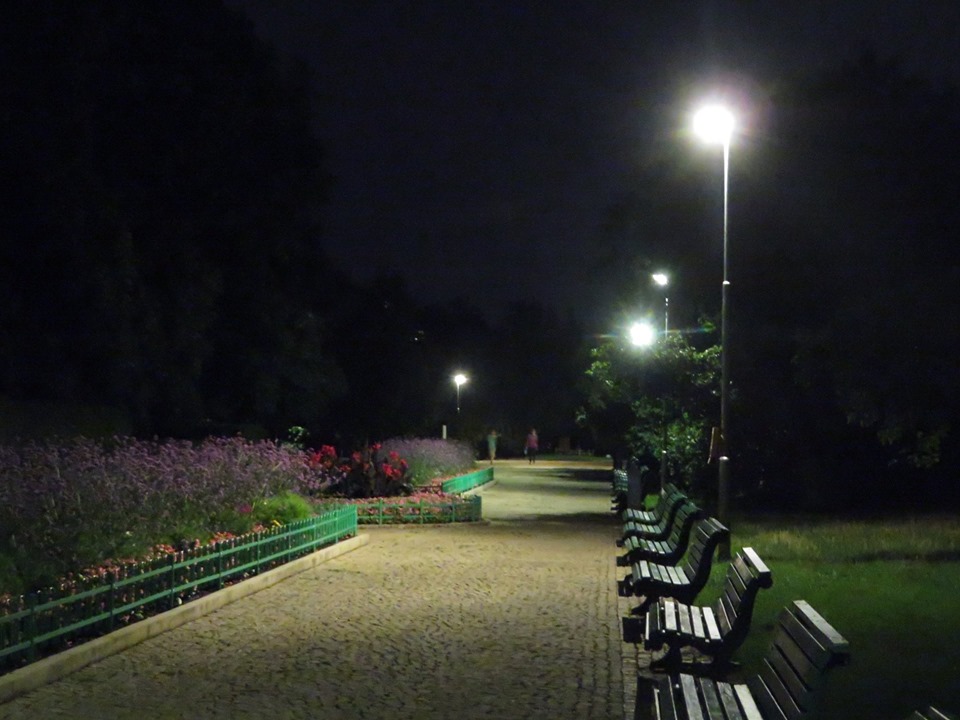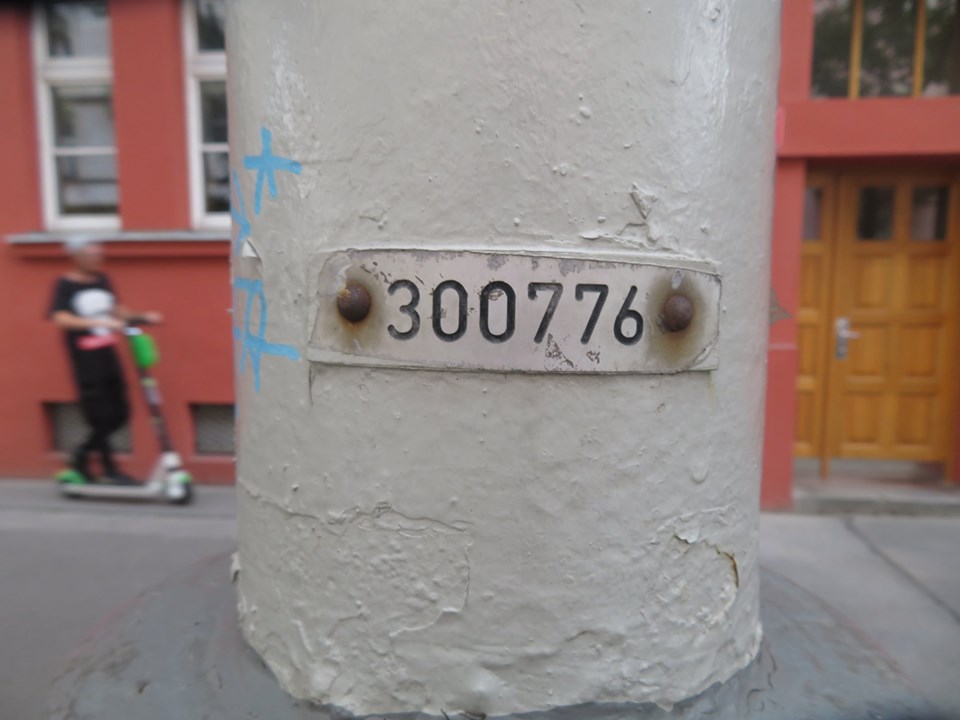Prague plans on saving money by modernizing street lights with motion sensors. Many locations in the city are lit all night, despite nobody walking there. In addition, lamp posts will be converted to also carry charging ports for electric cars, and QR codes to help people identify locations in case of accidents or emergencies.
Currently, just
before it gets dark, over 130,000 street lamps automatically light up
across Prague. The city pays over 80 million CZK annually for the
electricity to power the lights.
The new street
lights will have sensors that detect if someone is walking nearby. If
not, the lamp won’t light. About a quarter of Prague’s street
lights could be fitted with sensors. The city could also track which
lamps are in use.
In many cases, the
lamps shine all night for no reason. Prague’s parks are often empty
at night, but kept lit just in case somebody wants to cross them.
“That is why we want to install sensory public lighting in such
places. This means that it would switch only when there were moving
individuals and would not shine unnecessarily all night,” City
Councilor Jan Chabr (United Force for Prague) said, according to news
server Aktualne.cz

The exact savings
are hard to estimate in advance. The cost of operating each lamp,
though, is directly related to how long it is in use. “Basically,
if the lamp isn’t used 90% of the time, we’ll save 90 percent of
the cost,” Chabr said.
Energy prices are
expected to rise in the near future, which makes cutting energy use
more urgent.
“According to all
expectations, the price of energy will soon rise rapidly, especially
with the end of nuclear power plants in Germany in 2021,” Chabr
added.
The city is now
deciding which lamps should have sensors. Chabr said that some 32,000
are likely to get them eventually.

The city also hopes
to create a smart lighting network, so that non-functioning lights
will automatically be detected and a central control station can be
informed. The current system relies on local residents to report
broken lights or a city monitoring vehicle to spot them. As a result,
lights can be out for several days.
Adding sensors to lamps can be done at the same time as when cables are replaced so the poles can be used to charge electric vehicles. More vehicle manufacturers are moving to electric vehicles, and the city needs to respond with infrastructure.
EU guidelines call for cities to greatly reduce CO2 output by 2030, and electric vehicles are a large element of the plan.
Another change for street lights is that the six-digit code number plates are being supplemented with QR codes. Many people don’t realize that each street light has a unique number, and in case of emergency this can be given to emergency services in Prague to help pinpoint the location where help is needed.

A person can now in
some locations scan also a QR code and send it to the Integrated
Rescue System. The project is in a pilot phase.
Often people are
unfamiliar with street names and have a hard time describing where an
accident happened, and the code greatly shortens the amount of time
needed to describe the location.












 Reading time: 3 minutes
Reading time: 3 minutes 




























